Smart Collars and GPS Tracking Technology
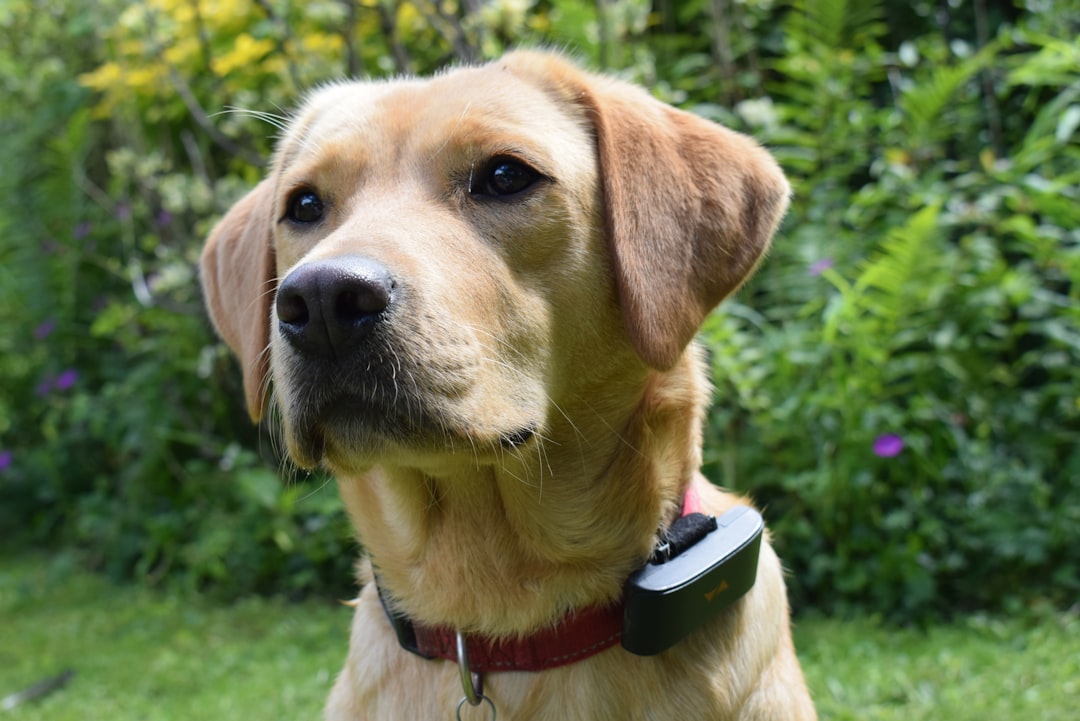
Picture your dog wandering off at the park, and instead of panicking, you simply pull out your phone to see their exact location in real-time. The global pet wearable market size was estimated at USD 2.70 billion in 2023 and is expected to grow at a CAGR of 14.3% from 2024 to 2030. These aren’t just fancy gadgets anymore – they’re becoming essential tools for modern pet parents. The smart collar segment in the pet wearable market recorded the highest revenue share of 61.58% in 2023. What makes this trend fascinating is how quickly it’s gaining ground among American pet owners who want peace of mind. The GPS segment is projected to grow at the fastest CAGR of 15.92% from 2024 to 2032, mainly attributed to increasing concern for pets safety and demand for real-time tracking. High-end GPS wearables maintain location tracking, geofencing, all-around activity tracking, as well as battery life and smartphone integration in order to make the devices more convenient to use. Your pet’s collar is becoming smarter than some people’s watches, and that’s just the beginning.
Health Monitoring Wearables for Early Disease Detection

We’re moving beyond simple location tracking into actual health monitoring that would make your doctor jealous. RFID trackers monitor parameters concerning health, such as variability in heart rate, calorie intake, body temperature, and pulse. These devices are like having a veterinarian on your pet’s collar 24/7, constantly monitoring vital signs and alerting you to potential health issues before they become serious problems. In March 2024, PetPace announced the launch of PetPace 2.0, the vet-marked AI-driven Canine Pet Collar that offers real-time, life-saving medical insights for researchers, vets, and pet owners. The PetPace collar collects millions of data points and utilizes different analytics to recognize health issues and communicate them in actual time. Think of it as an early warning system that could potentially save your pet’s life and your wallet from massive vet bills. The technology is getting so sophisticated that some collars can detect irregular heartbeats, changes in sleep patterns, and even early signs of anxiety or depression in pets.
Gen Z Leading the Pet Ownership Revolution

Generation Z isn’t just changing how we use social media – they’re revolutionizing pet ownership in ways that would surprise you. Gen Z is driving a remarkable shift in pet ownership, with a 43.5% increase in pet-owning households from 2023 to 2024. These young pet parents aren’t content with traditional pet care approaches. Seventy percent of Gen Z pet owners have two or more pets. What’s really interesting is how they’re discovering and purchasing pet products differently than previous generations. Social media platforms like TikTok, YouTube, and Instagram play a crucial role in their purchasing decisions. They’re not just buying pets; they’re curating entire lifestyles around their furry companions. Cross-species selection: Gen Z wants options for more than just dogs and cats—think birds, reptiles, and more! This generation is proving that pet ownership isn’t just about companionship – it’s about expressing identity and values.
Subscription Box Services Taking Over Pet Care

Remember when getting mail was exciting? Pet subscription boxes are bringing that feeling back, but for your four-legged family members. The market’s growth indicates a broader trend towards e-commerce and direct-to-consumer models, with the average cost of a dog subscription box ranging from $15 to $50 per month, and most consumers spending around $30 per month. The market is expected to grow at a significant CAGR of 8.71% from 2024 to 2032, driven by the increasing humanization of pets and higher spending on pet-related products and services. These aren’t just random treats thrown in a box – companies are creating personalized experiences based on your pet’s size, age, dietary restrictions, and preferences. Additionally, 73% of pet owners have reported switching to subscription services for the convenience of regular, hassle-free deliveries, which is particularly appealing for essential items like dog food. The convenience factor is huge, especially for busy pet parents who don’t want to worry about running out of food or toys. BarkBox leads the market with over 2,000,000 dogs served, leveraging engaging content, word-of-mouth marketing, and strategic retail partnerships with giants like Target and Costco.
Premium Pet Food and Humanization Trends

Your dog is now eating better than some college students, and that’s not an accident. Consequently, in line with the pet humanization trend, they want to provide them with human-grade products. The pet food industry has transformed dramatically, with owners increasingly treating their pets as family members who deserve the same quality nutrition they’d want for themselves. The United States pet food market is expected to grow at an impressive rate, reaching US$ 64.17 billion in 2033 from US$ 44.66 billion in 2024. This expansion is facilitated by a strong CAGR of 4.11% between 2025 and 2033. Pet parents are reading ingredient labels with the same scrutiny they’d use for their own food, demanding organic, grain-free, and specially formulated diets. The growth of premium dog food brands offering tailored nutrition plans has also contributed to this trend, with 62% of dog owners willing to pay more for customized diets that meet their pets’ specific health needs. The days of generic kibble are numbered as pet owners embrace customized nutrition plans that could rival what professional athletes eat.
Exotic Pet Ownership and Alternative Companions
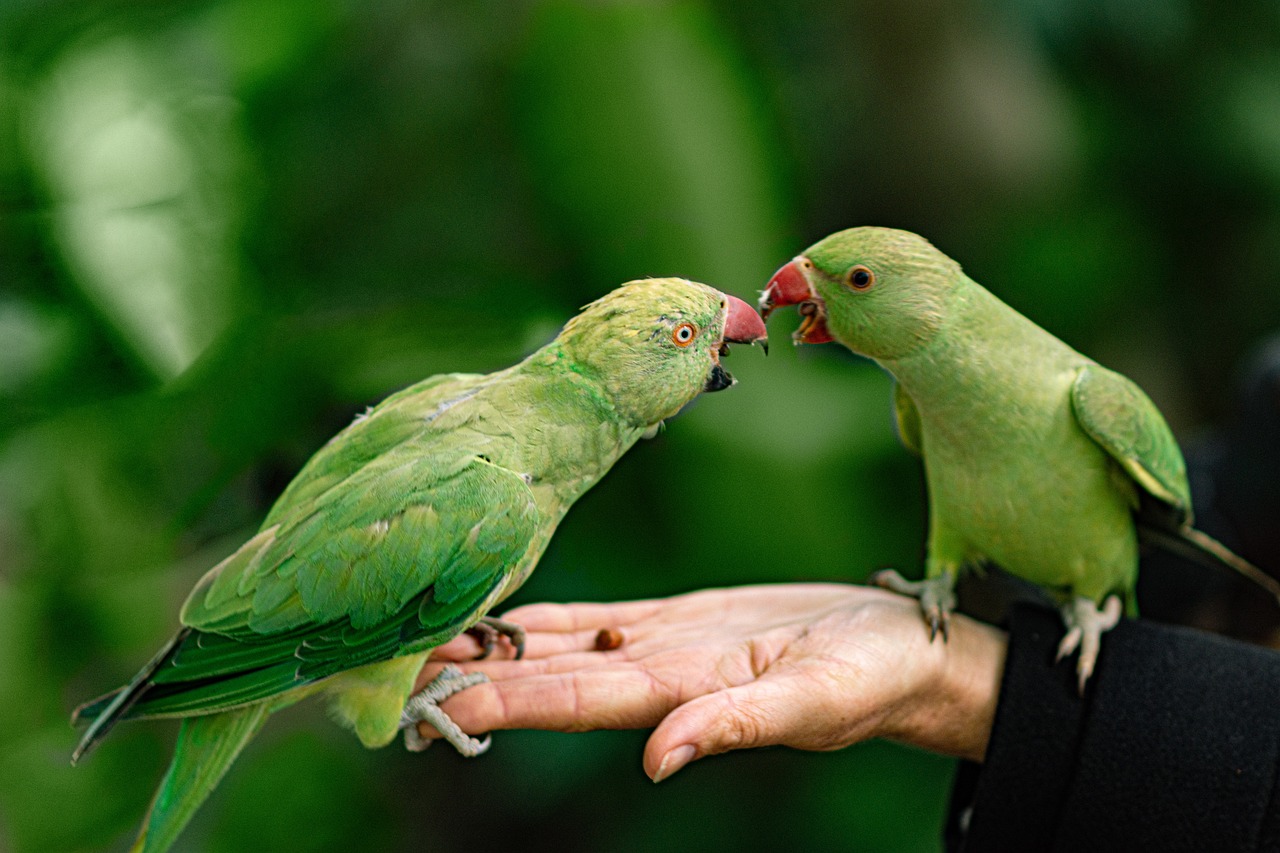
While dogs and cats still rule the pet kingdom, Americans are increasingly embracing unconventional companions that would have raised eyebrows just a decade ago. Approximately 17.6 million exotic pets are currently owned across 9 million American households. Among these, 26% are birds, and 51% are reptiles highlighting a substantial exotic pet population in the U.S. As urbanization and apartment living become more prevalent, traditional pets like dogs and cats, which often require more space and care, are being supplemented by smaller, exotic species that are more suited to confined living spaces. The exotic pet market is booming for practical reasons too – many of these animals require less daily attention and are perfect for busy urban lifestyles. Previously, exotic pet products were estimated to be around $3 billion, which in 2023 crossed $3.6 billion. If you want a snake, chinchilla, or another wild animal, you’re going to need to spend a significant amount of money. Most require special habitats and lighting, heating/cooling instruments, supplements, dietary needs, and usually a specialty vet. Exotic Pets: The exotic pet market has seen significant growth, with reports indicating that nearly 13 million households in the U.S. own exotic pets, including reptiles, birds, and small mammals. This reflects a growing interest in unique pet ownership experiences, driven by a desire for novelty and companionship.
Backyard Chickens as the New Status Symbol
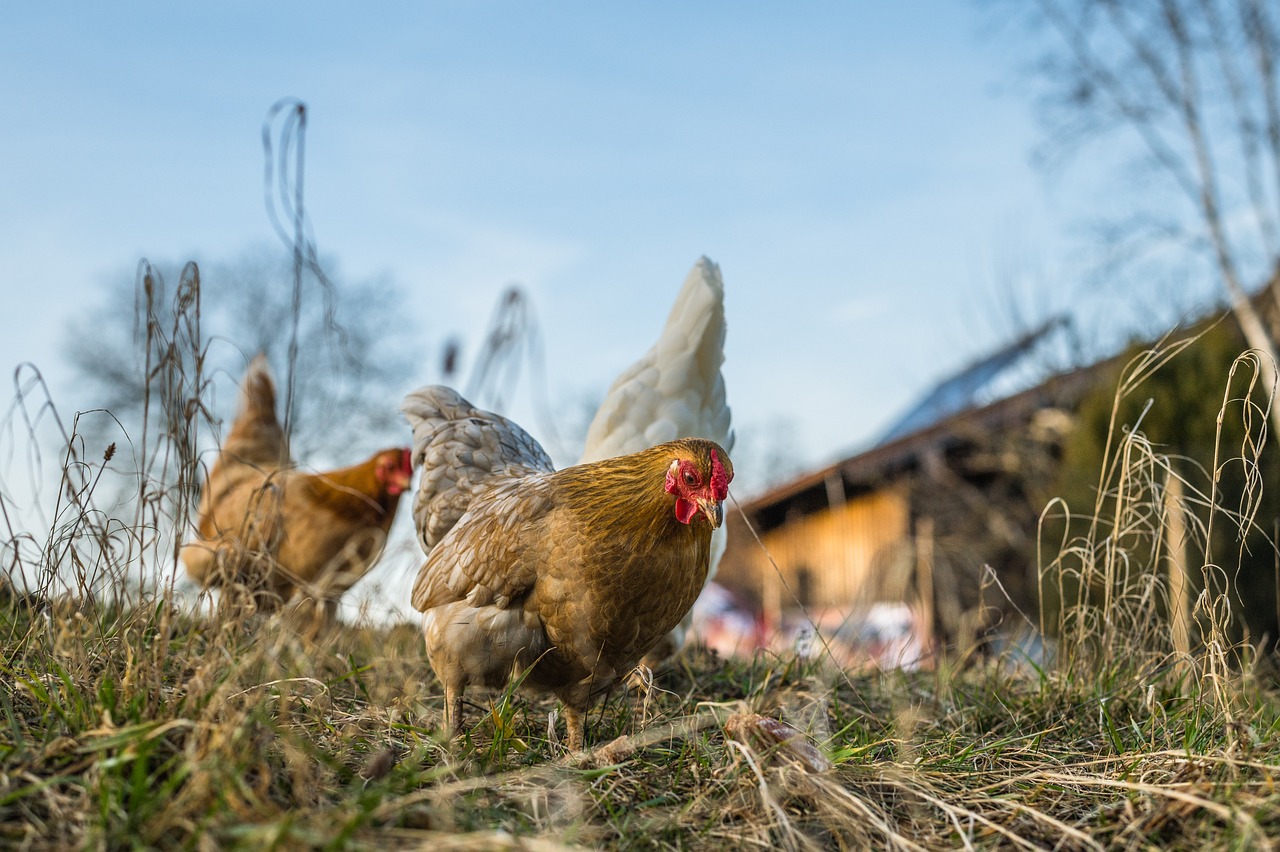
Silicon Valley executives and suburban families are discovering that the ultimate status symbol has feathers and lays breakfast. Eleven (11) million U.S. households own backyard chickens (a 28% increase from 2023). This isn’t just about fresh eggs – it’s about self-sufficiency, sustainability, and having a pet that literally pays for itself. In the U.S. alone, there are an estimated 85 million backyard or household chickens, making them the third most common pet in the country. What started as a rural tradition has exploded into urban and suburban areas, with chicken coops becoming as carefully designed as any other home feature. Instead of cobbling together a plywood coop with materials from the local hardware store, the rare birds of Silicon Valley are hiring contractors to build $20,000 coops using reclaimed materials or pricey redwood that matches their human homes. A similar percentage of respondents regularly let their chickens into their home, many for long periods. These answers potentially show that household chickens are making the journey from the backyard, where they function as workers, to living rooms and even beds, where they act as companion animals—but it’s complicated.
AI-Powered Pet Health and Behavior Analysis
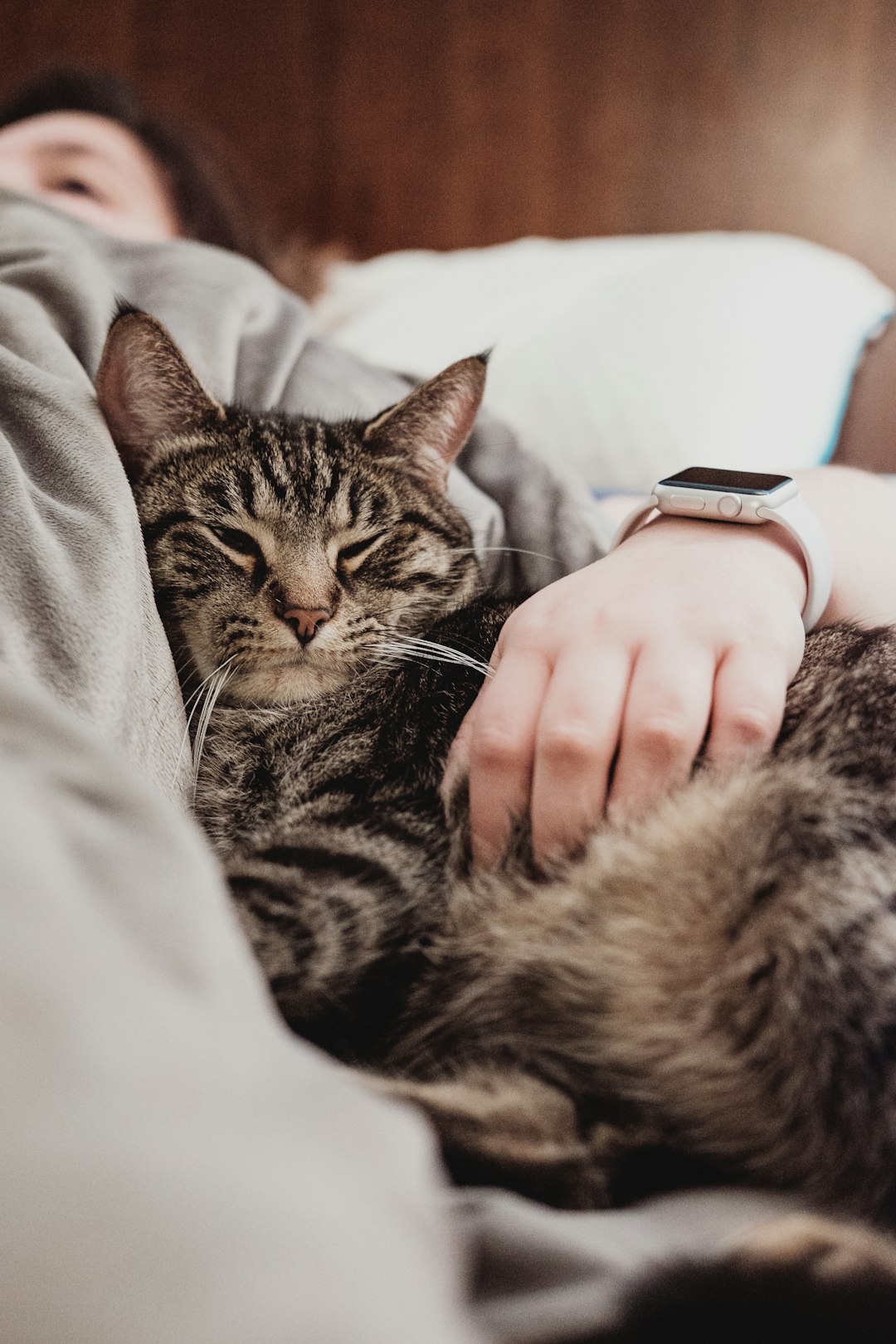
Artificial intelligence isn’t just changing how we work – it’s revolutionizing how we understand and care for our pets in ways that seem almost magical. Hence, the usage of artificial intelligence across wearable devices for pets is increasing with new innovations and technological integration. Such advancements in artificial intelligence mechanisms enhance the utility of these wearable devices for pets in the market. Modern pet wearables can now interpret your dog’s barks, analyze their sleep patterns, and even predict behavioral changes before you notice them. The technology goes beyond simple monitoring to provide actionable insights that help pet owners make better decisions about exercise, diet, and medical care. With advancements in artificial intelligence and machine learning, these devices are expected to become even smarter, providing pet owners with actionable insights and personalized recommendations tailored to their pets’ specific needs. Some systems can detect early signs of separation anxiety, changes in appetite patterns, or irregular activity levels that might indicate health issues. It’s like having a pet behaviorist and veterinarian analyzing your pet’s data around the clock, providing insights that even experienced pet owners might miss.
E-commerce Dominance in Pet Product Shopping

The days of making special trips to the pet store are rapidly fading as online shopping takes over the pet industry in unprecedented ways. US pet owners report that they shop online for pet food to avoid trips to the store (65%), save time (55%) and find better prices (56%). The convenience factor has completely transformed how Americans buy pet products, with many pet parents never setting foot in a physical pet store. In 2023, the online segment led the Pet Wearable Market with a 57% revenue share, due to the rise of e- commerce, competitive prices, discounts, and doorstep delivery. Convenience, ease of product comparison, and customer reviews further bolster sales, while direct-to-consumer (DTC) sales and partnerships with online retailers increase accessibility. Pet care sales generated through e-commerce are predicted to reach 29% by 2025. The growth of e-commerce has presented a significant chance for emerging companies to market their innovative products cost-effectively. The pandemic accelerated this trend, but it’s clear that online pet shopping is here to stay. Approximately 53% of consumers have reduced their in-store visits for pet-related purchases, and 11% completely avoid stores, opting for the convenience of subscription services. In 2020, one in five people were purchasing subscription boxes, with 51% doing so to try new products and 39% enjoying the convenience of home delivery.
Men Entering the Pet Parent Space

The stereotype of women being the primary pet caregivers is crumbling as men, particularly younger generations, embrace pet parenthood with surprising enthusiasm. Fifty-eight percent of Gen Z and 63% of Millennial dog owners are men, a 15.2% and 18.6% increase from 2023, respectively. Surprisingly, the most significant growth in cat ownership was among Gen Z and Millennial men, with 38% of Gen Z and 46% of Millennial cat owners being men, a 17.8% and 23.9% increase from 2023, respectively. This shift represents more than just changing demographics – it reflects evolving attitudes about masculinity, responsibility, and emotional connection. Male pet owners are driving demand for tech-forward pet products, premium food options, and health monitoring systems. They’re approaching pet ownership with the same research-heavy, optimization-focused mindset they might apply to fitness or career goals. Social media has played a huge role in normalizing men as devoted pet parents, with countless accounts showcasing the deep bonds between men and their animals. This trend is reshaping marketing strategies across the pet industry as companies recognize this growing and influential demographic.
Pet Insurance Adoption and Medical Advances

Pet insurance is no longer a luxury for the wealthy – it’s becoming as essential as car insurance for many American pet owners. Pet insurance is growing, with 5.7 million insured pets by the end of 2023, a 17% increase over 2022, according to the North American Pet Health Insurance Association’s (NAPHIA) 2024 Industry report. The pet health insurance market, now worth over $4 billion (€4.8B), has attracted major providers offering comprehensive coverage. The rising costs of veterinary care, combined with advanced treatment options that mirror human medicine, have made insurance a practical necessity rather than an optional extra. The pet insurance market was recently valued at USD $9.4 billion with a 14.9% CAGR between 2023-2030, helping demonstrate the immense growth of this market in the following years. A driving force behind this growth can be the rise in pet ownership, but there is also a growing importance placed on preventative care and the fact that 97% of U.S. pet parents consider their pet a member of the family. Modern veterinary medicine offers treatments like cancer therapy, orthopedic surgery, and even organ transplants for pets, but these procedures can cost thousands of dollars. Pet insurance provides peace of mind and financial protection, allowing owners to make medical decisions based on what’s best for their pet rather than what they can afford. Nationwide Pet announced it would pause the renewal of 100,000 policies until mid-2025 due to rising veterinary costs.
Male-Dominated Pet Categories Growing Rapidly
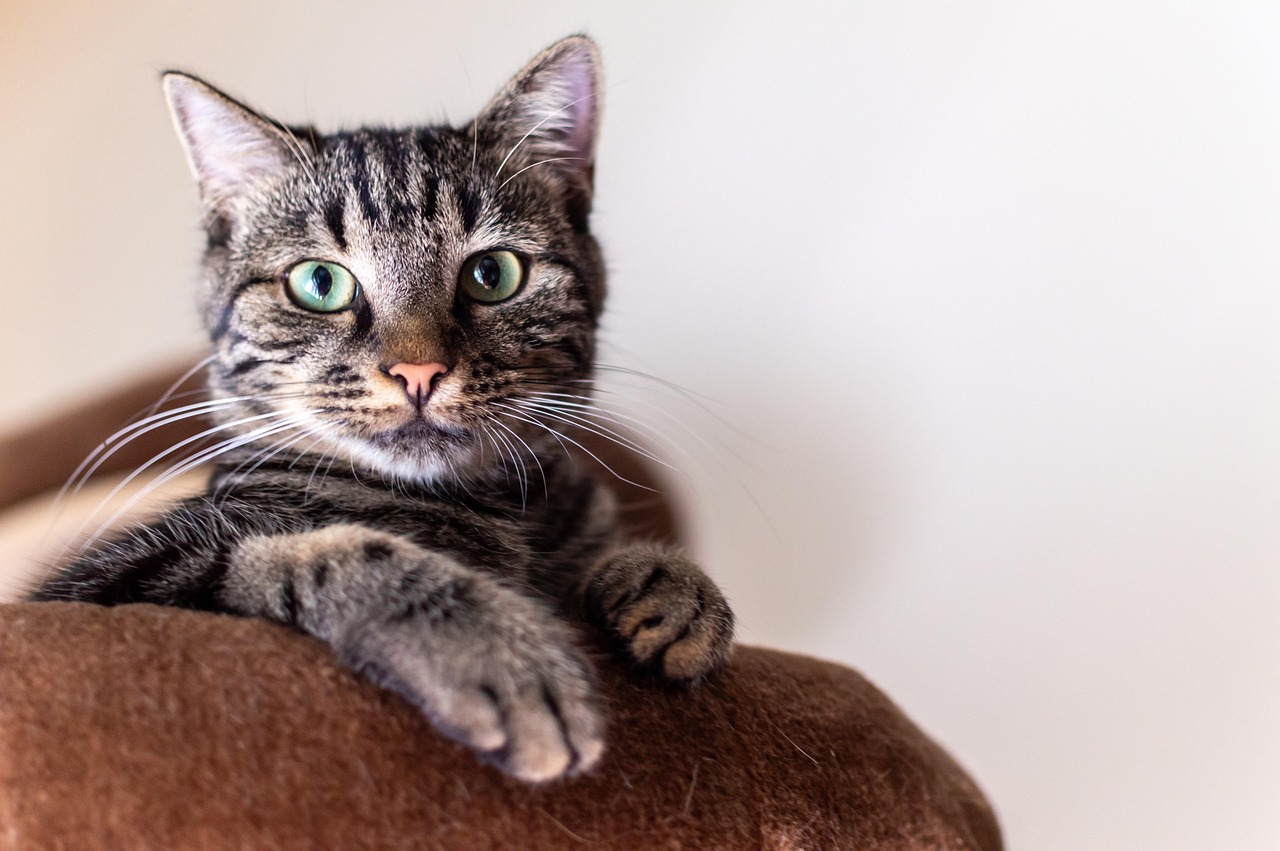
While the overall pet industry continues expanding, certain segments are experiencing explosive growth driven by changing consumer preferences and lifestyle needs. Benefiting from this trend, cat treats and mixers is expected to be the fastest-growing category in pet care in 2024. Cat ownership is experiencing particularly strong growth as more people recognize that cats fit better into busy urban lifestyles than dogs. In key markets such as the US and China, cat food is growing faster than dog food. Cats are easier to look after as they are more independent and suffer less from separation anxiety compared to dogs. This has benefited pet parents who have now returned to the office after the pandemic as they do not need to worry about walkers for their pets or leaving their pets alone. The data shows interesting patterns in how different generations and genders are approaching pet ownership. Bird ownership is also experiencing a renaissance, with more people discovering the intelligence and companionship that birds can provide. Bird Ownership: The popularity of pet birds, particularly species like parrots and finches, has also been on the rise. The APPA notes that around 6.1 million households in the U.S. now own pet birds, reflecting a trend toward interactive companions that offer variety in pet ownership. These trends reflect broader social changes, including urbanization, delayed family formation, and the search for meaningful relationships in an increasingly digital world.
The pet industry has never been more dynamic or innovative than it is right now. From AI-powered health monitoring to backyard chickens as status symbols, American pet owners are embracing trends that would have seemed impossible just a few years ago. These changes reflect deeper shifts in how we view our relationships with animals and what we expect from pet ownership. What started as simple companionship has evolved into a complex ecosystem of technology, premium products, and personalized care that rivals what we provide for human family members. Did you expect that your dog’s collar would become smarter than most computers, or that chickens would become the new neighborhood status symbol?







